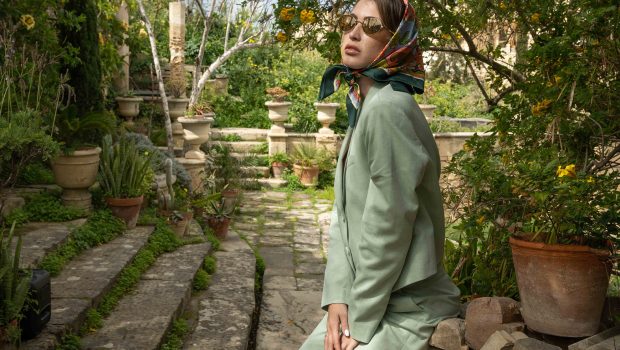Primitvism and ritual
Time present and time past both present in time future and time future contained in time past
by Luke Azzopardi

Deep-seated associations exist between the pre-historic heritage of the Maltese Islands and that of the rest of the world. In many ways, these have found refuge in our collective conscious, and are still manifested in contemporary art. Man’s most innate preoccupations and primitive desires are crucial subjects in today’s local art, and in a design world that is growing more aware of geopolitical phenomena, these issues are perhaps, now more than ever, outright and explicit. Upon assessing these, one is made to think of a series of three planes; the landscape, the body as a landscape, and finally, the body within the landscape.
Through his work, Victor Agius addresses the ways in which the universal qualities of the primitive and the prehistoric manifest themselves in contemporary cultures. In his performance pieces, he manages to explore the relationship between form and the lack of it, presenting to viewers an oeuvre of small to gigantic primitive forms, some of which are created through performativity the capacity of speech and communication not simply to communicate but rather to act or consummate an action, or to construct and perform an identity.
The objects are remnants, and much like cave painting, they act like trophies or memoranda, tracing the pressure of his fingertips and bodily gesticulations. In fact, the notion of soil and clay is a recurring one in Agius’s work, and often finds itself expressed in bacchanalian terror.

When formal qualities are introduced to a primitive vision, the aesthetic becomes a lot like that advocated in the photography of Matthew Attard Navarro. His models are often placed within internal landscapes where no vegetation is present. The body itself becomes an intricate landscape of markings, clothing, as well as textures, acting as a dominant ‘Other’ that is contemporaneous to the viewer. The body is elegantly debased through sexual desire, only to be eventually elevated to a mystical object of veneration. The stillness of his work appeals to the most primitive of senses, however, it also relies on symbols, which act almost like loud thuds amidst an infinite landscape.
This idea could also be applied to the unclothed figure, on which a metaphorical landscape can be placed, wrapping the body in a radical and primitive vision. My own work often exhibits these symptoms. The Resort 2014 collection titled I Went to Ggantija and Wept on the Cold Stones plays upon the idea of creating bold, sculptural structures using very stiff fabrics marked with print. The clothes act like stand-alone sculptures when they are not worn, solid enough to hold up on their own. In fact, this solidity and permanence is what makes them primitive. In the stripping down to the basic, essential items of clothing, with a colour scheme that references both the local Gozitan stone and sand, it seeks to explore the uncivilised through the simplification of that which exists within the real of the civilised.
Perhaps the way backwards is the way forward, and in returning to the natural landscape, both literal and metaphorical, we are enforcing the preoccupation of the 21st century: trying to make sense of things in a fragmented and incomplete world. In many ways, the return to our long gone brothers and sisters is key in creating a universal language (or non-language), which could be understood by everyone, and which would elevate the personal to apply to every man.








